The patient is being monitored by the doctor.
Mr. NV (42 years old, residing in Ho Chi Minh City) went to a hospital in Binh Chanh ( Ho Chi Minh City) for emergency treatment with a red, swollen left knee, severe pain, and almost immobile joint.
Taking a medical history, 10 days before being admitted to the hospital, this man began to feel pain in his left knee and had difficulty moving. Mr. V. went to a local hospital for treatment but the condition did not improve and he was transferred to another medical facility for another 5 days of intervention, however, the condition even worsened so he was transferred to a third hospital.
Here, the doctor suspected that the patient had an abscess in the left knee due to arthritis based on a history of diabetes and hypertension. When performing additional specialized tests such as CT scans and blood tests, they unexpectedly discovered that the inflammation in the patient's left knee was not only abnormally large but also spread to the thigh, with signs of joint bleeding and multiple abscesses in the lungs.
Test results, culture, and bacterial identification by antibiotic susceptibility test determined infection with Burkholderia pseudomallei bacteria, causing Whitmore disease.
Whitmore's disease - also known by many as "flesh-eating" bacteria - is a rare but extremely dangerous disease because this bacteria is resistant to many common antibiotics, requiring a long-term treatment regimen (3 - 6 months) with specific drugs.
Whitmore disease is potentially fatal in cases with underlying diseases that weaken the immune system.
Mr. V.'s case is a severe case of sepsis, due to bacteria causing damage to multiple organs from soft tissue, knee joints and spreading to the lungs causing lung abscess. The patient is at high risk of death if not treated promptly.
Doctors from the Department of Internal Medicine and the Department of Orthopedics and Traumatology worked closely together to develop a treatment regimen using specific antibiotics, debride the abscess, and continuously drain the patient's knee joint fluid using a negative pressure suction machine.
After more than 1 month of treatment, the patient showed positive changes, the inflammation in the left knee was gradually controlled, the pleural effusion was reduced, and his health stabilized. From being bedridden, the man could stand up and move gently, his motor function gradually recovered and he was discharged from the hospital.
HQ (according to Vietnamnet)
Source: https://baohaiduong.vn/phat-hien-ca-nhiem-vi-khuane-an-thit-nguoi-o-tp-ho-chi-minh-tan-cong-tu-chan-len-phoi-410313.html


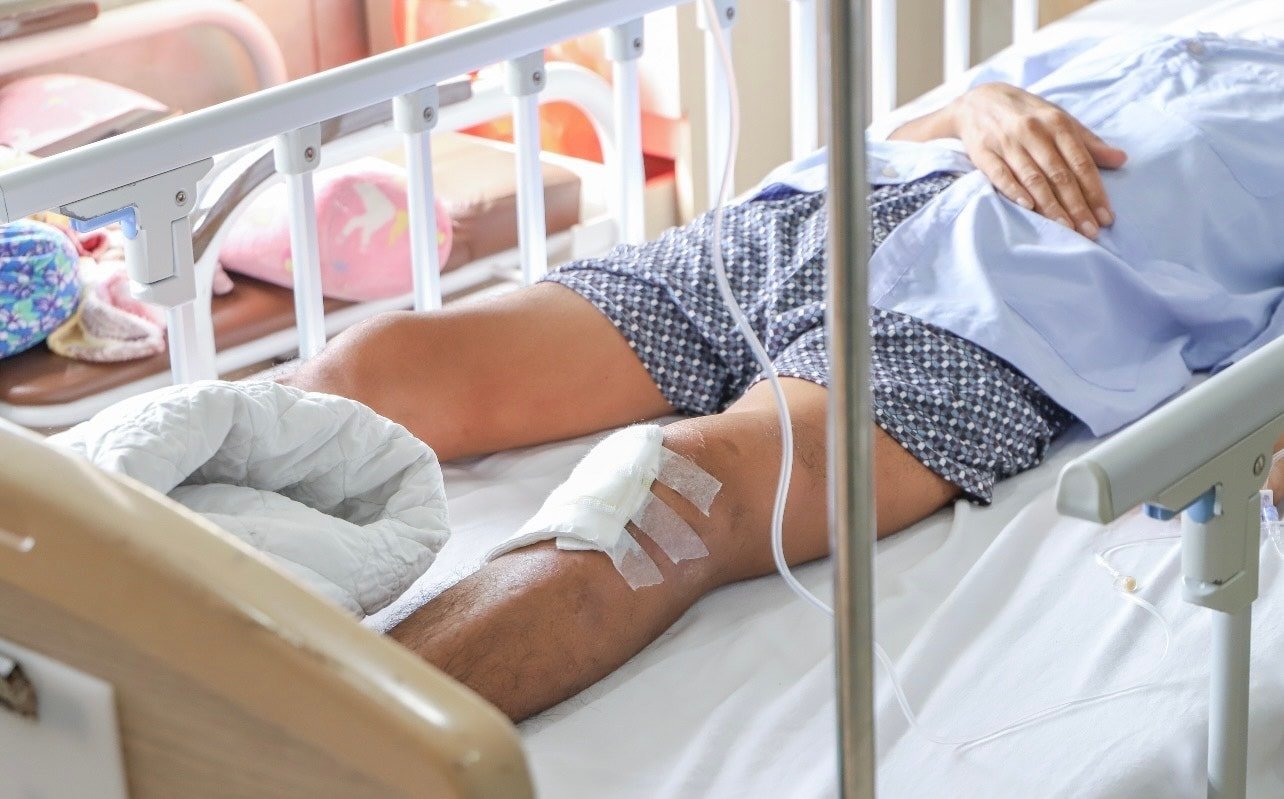





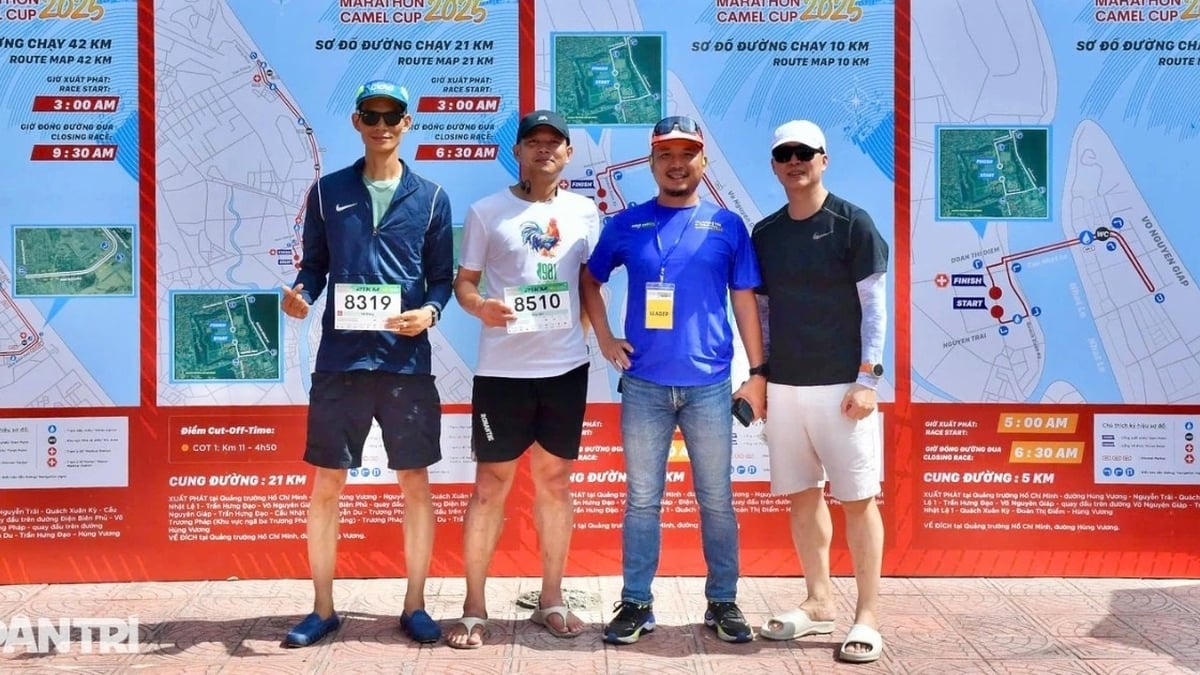
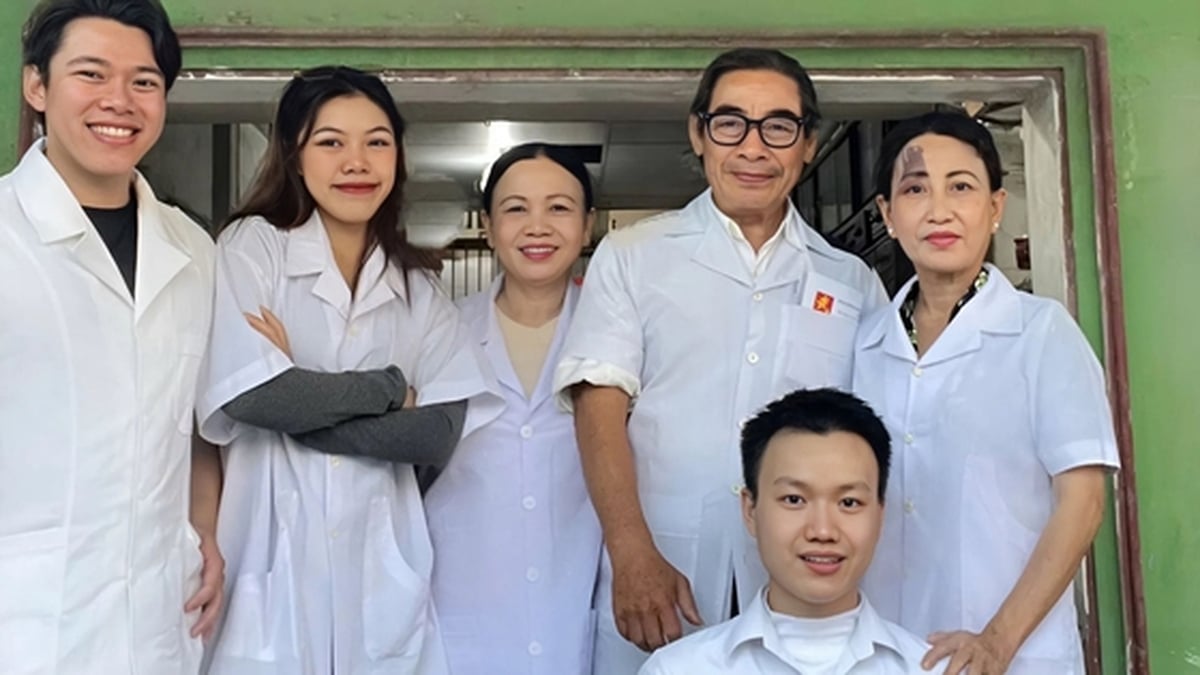
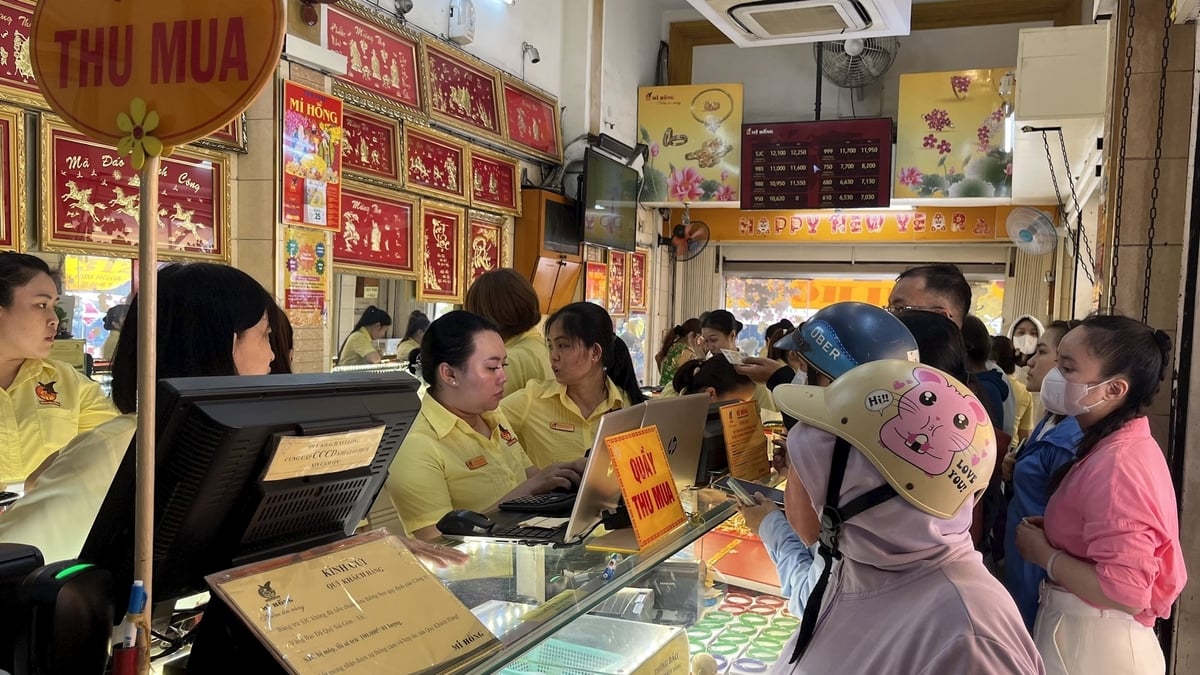
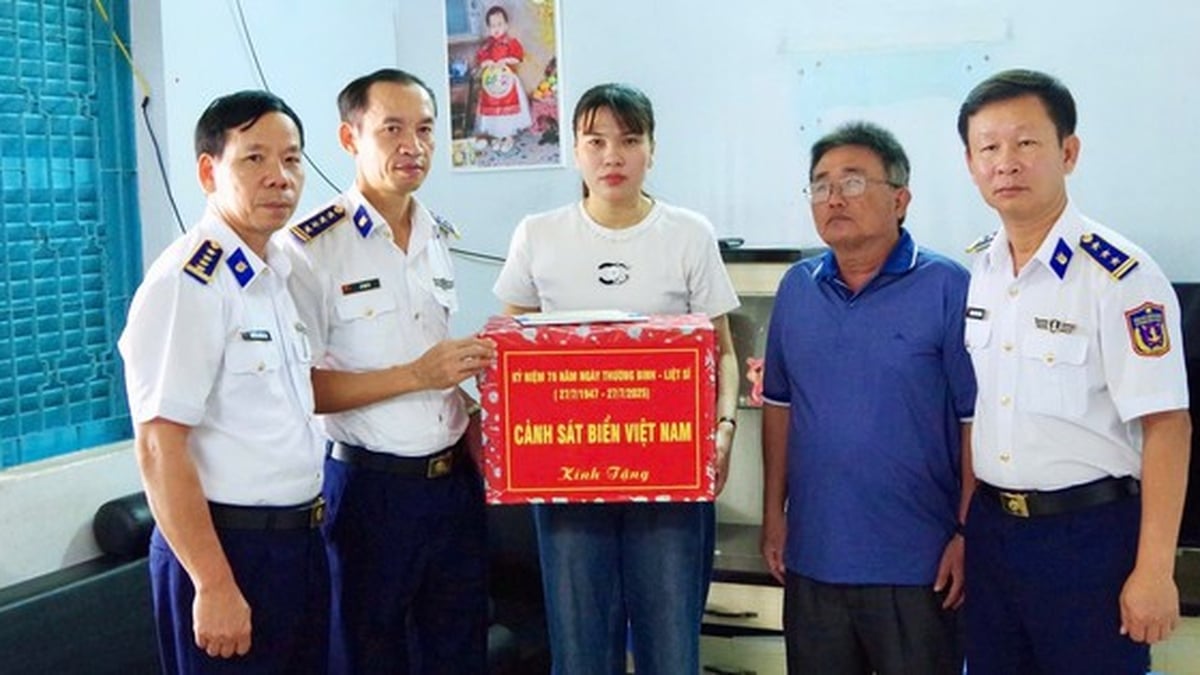























































































Comment (0)